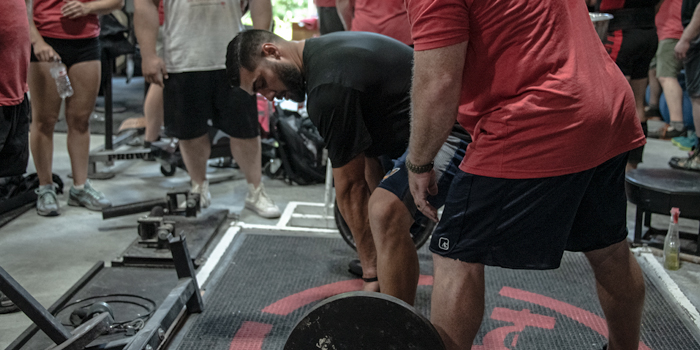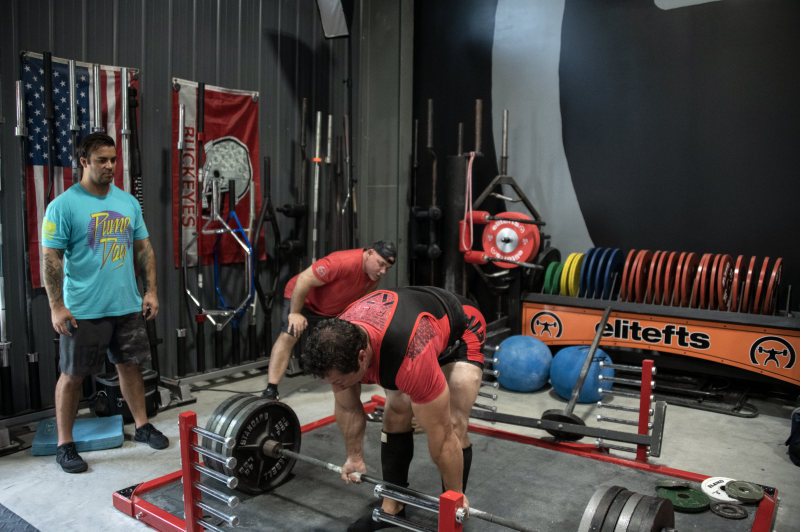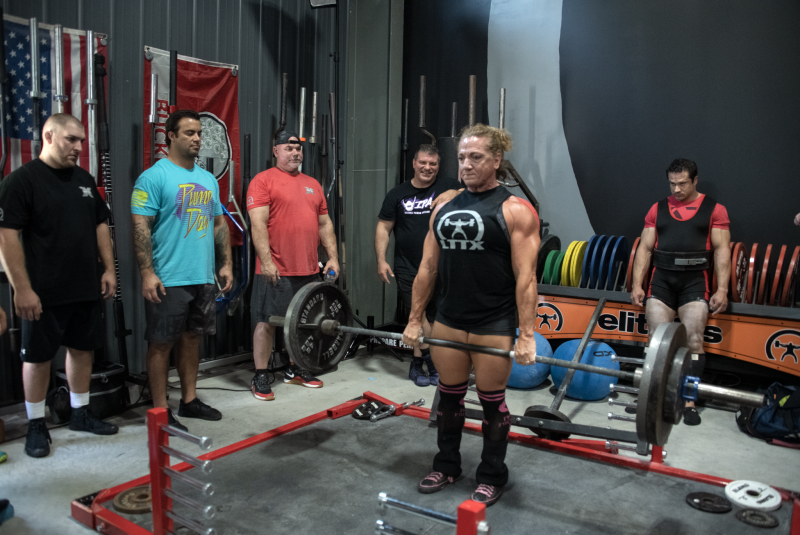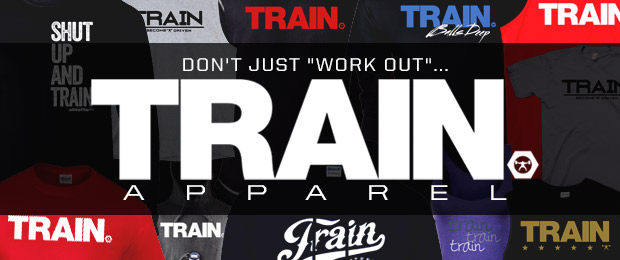
Normally, quick fixes are rarely the answer to life’s problems. With certain lifts, however, there are small adjustments that can make a huge difference and add immediate pounds to your PR. The keys for these fixes to truly be quick are for them to be:
- Easy to understand
- Easy to implement without impeding an aggressive lift
Whenever you look at making technique changes for a lifter, there are a lot of complex ways to improve their body positioning, muscle activation, bar path, and lifts as a whole. Some of these changes can, in theory, be very effective; but they often fail to work because they’re too complex for the lifter to understand or perform.
RECENT: A Career Development Plan for GAs and Interns
You can rattle off all the great exercise terminology in the world, but if the athlete’s eyes glaze over and it isn’t clicking, then it’s not worth trying to use. You can also make the case that if you can’t explain it simply and concisely, you don’t understand it well enough to be teaching it.
The other key with these quick-fix technique cues is to ensure they can be implemented without throwing off the groove of a lifter's technique. If a fix can be implemented without throwing off the intensity, aggressiveness, and overall mental focus of the athlete, it can often provide immediate results.
If it is something where an athlete needs to take their time and break down their deadlift into individual components to re-learn how to implement the cue, then you’re better off taking your time and re-building the deadlift from scratch (and not expecting a quick fix). There’s nothing wrong with this (and oftentimes, it’s needed), but it’s important to know what you’re trying to accomplish.
So in thinking through some technique fixes that met both of these qualifiers, I considered fixes that address common issues I see in lifters across the board. These are issues that, as a novice or intermediate lifter gets stronger, can be a sticking point that prevents them from demonstrating their continued strength development.
With those things in mind, here are three quick fixes for a stronger deadlift.

1. Fix Your Stance
One of the simplest but most common errors for novice lifters is an incorrect stance. Particularly for conventional deadlifting, many lifters take too wide of a stance that ends up forcing their arms out (even to a bent position) and causing their knees to cave inward. If the stance is too wide, it won’t allow the lifter to stay tight or use their glutes and hamstrings correctly to complete the lift.
On the flip side, if the stance is too narrow, it won’t give the hips enough room to pull through to lockout/flex the glutes. In sumo deadlift, attempting too close of a stance may cause the lifter to basically perform an extra-wide conventional pull instead of opening the hips and taking a more upright position. Going too wide in sumo can take away tightness and strength to complete lockout with the hips and glutes.
Stance width is always going to be very dependent on the individual, and if your deadlift is at an advanced level and you’re progressing, then I certainly wouldn’t try to make you change it. But if you’re struggling to increase your deadlift or perform the deadlift safely, I would consider re-evaluating your stance.
A good starting point for conventional deadlift is with the feet directly under the hips (not to be confused with shoulder width). Another good way to determine this is to find your power position by jumping up in the air and seeing where your feet naturally land.
WATCH: Matt Rhodes Gives Advice to Young Coaches
For sumo deadlift, shins at the rings is a good place to start with small adjustments based on if you can squeeze your glutes hard when standing up straight in that stance.
2. Fix Your Lats
If you want to pull a heavy deadlift, you need to have tight lats. This has been covered at length with different cues, but my two favorites are “protect your armpits” and “put your shoulder blades in your back pockets.” These can actually be done together, but I recommend always taking one thing at a time and making sure you can make it become a habit so you don’t have to think too much when incorporating it.
For “protect your armpits,” you basically pretend someone is trying to poke your armpits, and you’re flexing your lats and locking your triceps close to your body.
For “put your shoulder blades in your back pockets,” it’s basically a way to imagine flexing your lats and pulling your body into a position that puts your weight toward the back and pulls the barbell back accordingly.

3. Fix Your Lockout
Another common mistake by lifters of all kinds is trying to lockout with the lower back (like a back extension) instead of the glutes (like a correct pull-through). Using the low back not only puts you at risk for injury but also uses weaker muscles of the low back to try and lockout heavy weights instead of the stronger ones (glutes).
Many lifters don’t know how to use their glutes and/or put their pelvis in a posterior position (opposite of arching the low back) when locking out. This is often a case of just needing to develop the habits and motor patterns to do it correctly when pulling a heavy weight.
Cable pullthroughs can be a good way to practice squeezing the glutes and abs simultaneously while “tucking the tail” (another way of thinking about posterior pelvic tilt). If you leave the low back in anterior pelvic tilt (low back arch), you’ll end up with a soft lockout, injury, or a combination of both.
Thinking about squeezing the glutes as hard as possible and “tucking your tail” as soon as the barbell passes your knees, and watch your lockout and deadlift transform for the better.
There are a lot of fixes that will take plenty of time and years of patience, but a few of these things can make a quick difference in your pulls if they address a problem you’re experiencing. Give them a shot and remember to keep it simple and pull with attitude.










